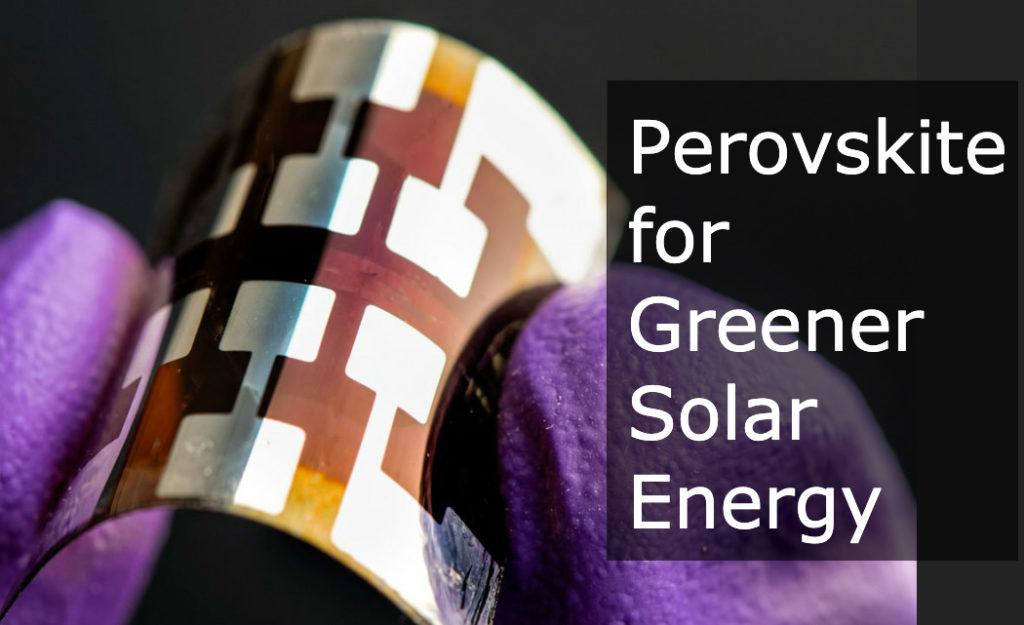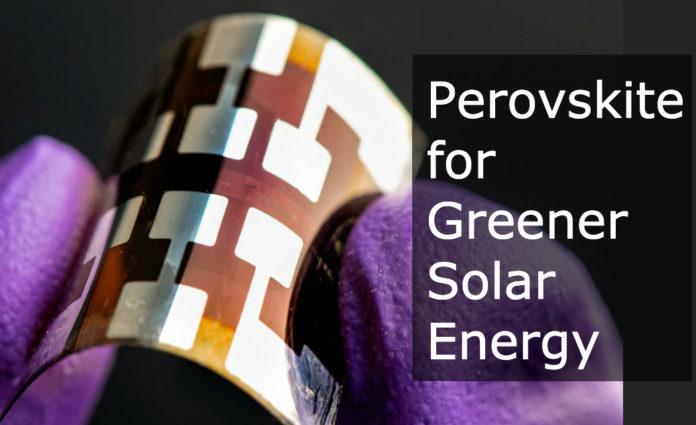
Dennis Schroeder/National Renewable Energy Laboratory
Scientists are upgrading the conventional silicon-based solar cells to more environment-friendly Perovskite-based cells, also known as Calcium titanium oxide. Not only this new conversion works faster than the silicon-based solar panels, but its carbon footprint is also considerably low.
In commercially used solar panels, the photovoltaic cells are mostly made out of crystalline silicon wafers or sometimes with Perovskite-silicon tandems. But now engineers from Cornell University in New York, were able to come up with all Perovskite structures which consume less energy when manufacturing. They are made from two layers of Perovskite mineral on top of each other which are optimised to absorb a particular wavelength of the electromagnetic spectrum.
According to the study published in the journal Science Advances, efficient of these two-layered Perovskite cells is higher, with an affordable price tag to it. The Silicone-based photovoltaic cells need extreme pressure and heat in the manufacturing process which leaves a large carbon footprint. It was observed that, the new all-Perovskite tandem cell is associated with a carbon emission which was only 43.4% of what the silicone-based cell produces.
The team measured how much time it would take for each type of solar panel to produce the energy it used to build. This measurement is called the ‘Energy payback time’. In Silicone panels, it takes around 18 months to get a return on its large energy investment, where the novel Perovskite tandem cells uses far less energy and it takes only 4 months to return its energy investment. With the less energy input needed, Perovskite cell’s carbon emission is also considerably lower.
Another benefit of these new cells are, they can be easily recycled similar to replacing a battery, where the current industry standard Silicone solar panels need an extensive amount of energy to be recycled at the end of their energy life cycle. The researchers compare it to a whole vehicle being replaced at the end of its usable period. Being flexible these Perovskin solar cells would be a perfect fit for many things including bicycles and cars.
Perovskite solar cells came to the solar industry in the last decade, and these all-Perovskite solar cells are fairly new. But with these plus features, it is becoming the next star in the Solar Energy industry. According to the researchers, it has the potential to be flexible, cheaper, energy-efficient and long-lasting compared to its state-of-the-art crystalline Silicone panels.

